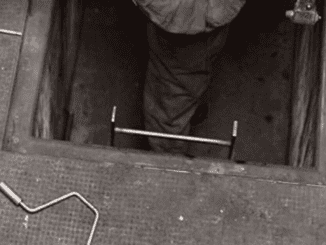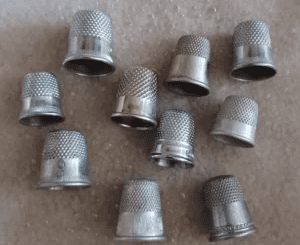When it comes to fly tying, every tool serves a purpose, but some tools become indispensable to an angler’s setup. Enter the humble hackle pliers – a seemingly simple tool yet one of the most versatile in a fly tyer’s kit. While they may be straightforward, hackle pliers are designed for various tasks that make the process of tying flies more efficient and enjoyable. In this article, we’ll explore why hackle pliers are so essential, their many uses, and the different types available, making them an invaluable asset for any angler looking to elevate their fly tying game.
Why Hackle Pliers are Essential for Fly Tying
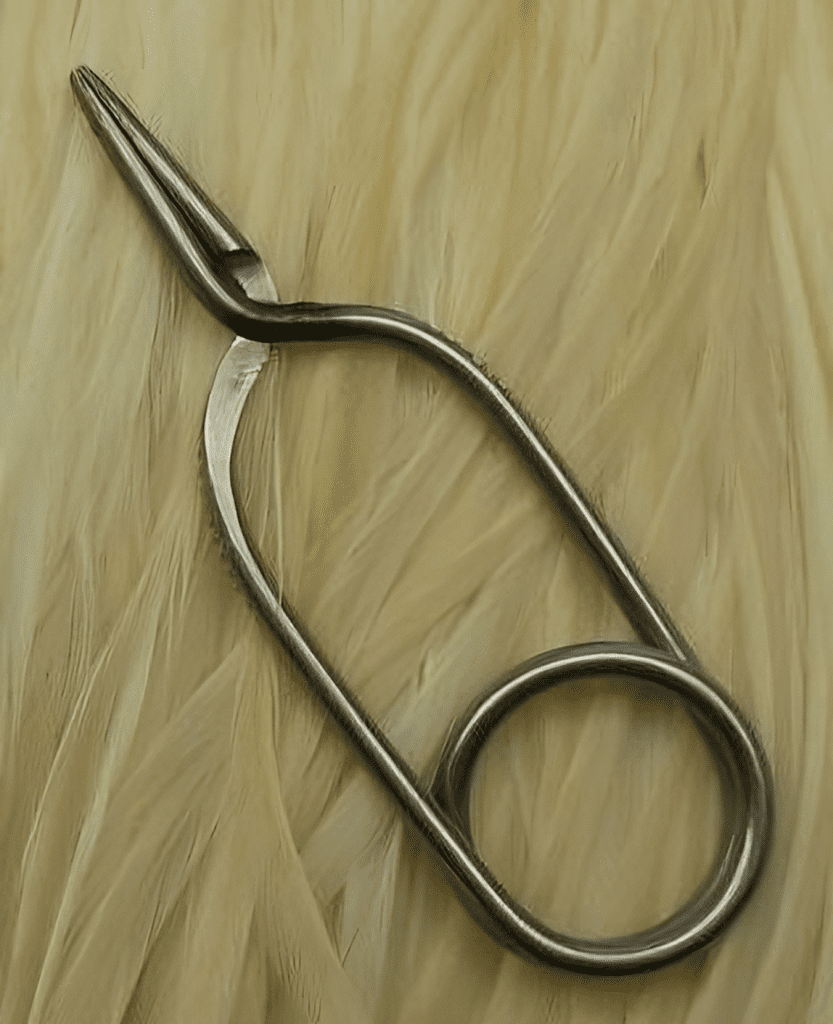
Hackle pliers, at their core, are tools designed to handle and wrap hackles – the feathers that give flies their essential shape, texture, and functionality. However, these handy pliers do much more than just hold feathers. They act as a third hand for fly tyers, providing the control necessary to handle materials that may otherwise slip or be challenging to grip. Let’s dive into the specific uses of hackle pliers and why every fly tyer, from novice to expert, should have a pair in their toolbox.
Using Hackle Pliers for Hackling
The primary use of hackle pliers is, of course, for hackling. They allow you to grip a feather and wrap it around the hook or post, giving the fly its characteristic shape and movement.
- Control and Precision: Hackle pliers give tyers precise control over the positioning and direction of the feather, ensuring an even and consistent wrap.
- Handling Delicate Feathers: For feathers with fine stems, such as partridge, pheasant, or hen feathers, hackle pliers make it possible to grip and wrap them without breaking the delicate material.
- Allowing for Hands-Free Work: Sometimes, the weight of the pliers helps keep the hackle taut, allowing the tyer to leave the feather in place while working on other elements of the fly. This is especially useful when you need to multitask or take a brief pause in the tying process.
Beyond Feathers: Other Materials Hackle Pliers Can Hold
Despite the name, hackle pliers are versatile tools capable of gripping a range of materials, not just feathers. They’re also used to handle tying threads, yarn, tinsel, herl, quills, and more.
- Adding Weight and Tension: For materials like yarn or tinsel, the weight of the pliers can help maintain tension as you wrap, making it easier to achieve a clean, smooth finish.
- Reducing Finger Strain: When working with small or slippery materials, hackle pliers reduce the need for finger pressure, making it less likely that you’ll experience hand fatigue during long tying sessions.
- Handling Fragile Materials: The pliers allow for a more delicate grip on sensitive materials, helping prevent fraying, breaking, or other damage that might occur when using your fingers alone.
The Anatomy of Basic Hackle Pliers
Hackle pliers are constructed in a simple yet effective way. Typically, they are made from metal and feature two flattened ends that serve as spring-loaded jaws. Pressing on the handles opens the jaws, while releasing them causes the jaws to close, allowing the pliers to securely grip the material.
- Simple Yet Effective Design: The most basic type of hackle pliers, often called the “English style” pliers, consist of a single piece of metal bent into a spring-like shape. They’re affordable and get the job done.
- Material Considerations: Some hackle pliers have padded or rubberized jaws to prevent damage to delicate feathers or threads. A well-designed set will have jaws that close tightly enough to grip even fine materials without being so tight that they cut or crush them.
- Grip and Comfort: Good hackle pliers should open easily, close securely, and have no sharp edges. These features ensure they’re comfortable to use and don’t damage your materials.
Characteristics of High-Quality Hackle Pliers
Not all hackle pliers are created equal. The best ones will make your fly tying smoother, faster, and more enjoyable. Here’s what to look for in a good set of hackle pliers:
- Ease of Use: A quality pair of hackle pliers should open and close smoothly, allowing for easy manipulation of materials.
- Secure Grip: They should hold materials tightly without slipping, ensuring consistent tension and wrapping precision.
- Gentle Jaws: Avoid hackle pliers with sharp edges, as they can damage delicate feathers or threads. Look for models with rubber or plastic padding for added protection.
- Lightweight Design: Hackle pliers shouldn’t be too heavy, as added weight can make handling and wrapping more difficult. However, a bit of weight can be helpful in keeping the material taut when left dangling.
Exploring Different Types of Hackle Pliers
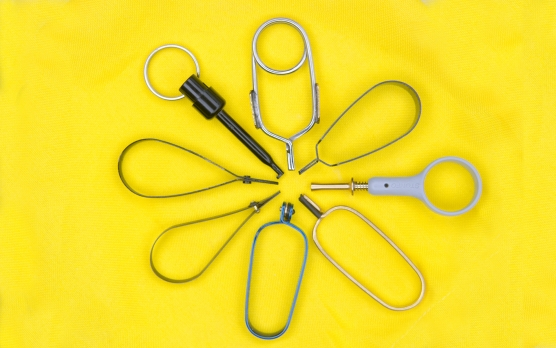
There are numerous types of hackle pliers available, each with unique features and advantages. Here’s an overview of some popular styles:
1. Basic Clamp Style
This classic design is made from bent steel wire with a set of jaws at the end. The simple loop allows you to slip a finger through the tool for easy wrapping around the fly. Often referred to as the “English hackle pliers,” this style is ideal for beginners.
2. Plate-Style Hackle Pliers
These pliers are made from flat metal plates rather than wire, providing a more comfortable grip and greater surface area. While the function remains the same, the plate-style design can make them easier to handle, especially for those with larger hands.
3. Tweezer-Style or Nabber Pliers
Resembling tweezers, nabber pliers are a clamp style that’s flat and often has a ring attached for additional grip. They are useful for grabbing smaller materials and are easy to control, especially when working with delicate feathers.
4. Drop-Shaped Hackle Pliers
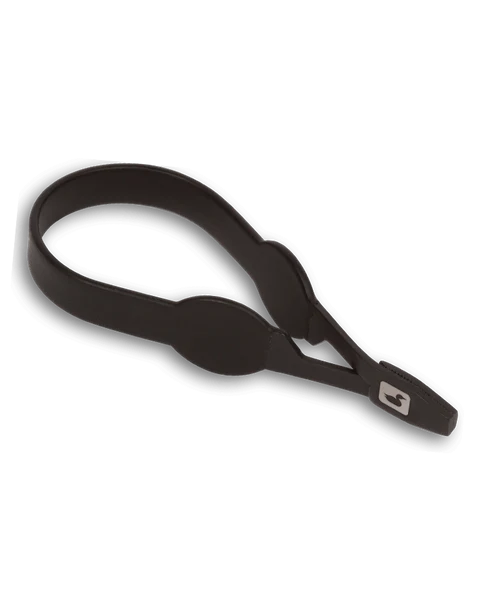
The drop shape opens by pressing the rear end, causing the jaws to open. This unique design offers a different grip and may feel more comfortable for some tyers.
5. Ring and Shaft Variations
Some hackle pliers are mounted on a shaft or ring, providing an added handle for better control. This type allows for single-finger operation and is excellent for tyers who prefer a lighter tool.
6. Hook and Tube Design
In this style, a hook secures the material, while a tube slides over it to hold it in place. This design is more intricate but offers excellent control, making it perfect for tyers looking for a more advanced tool.
Do You Really Need Hackle Pliers?
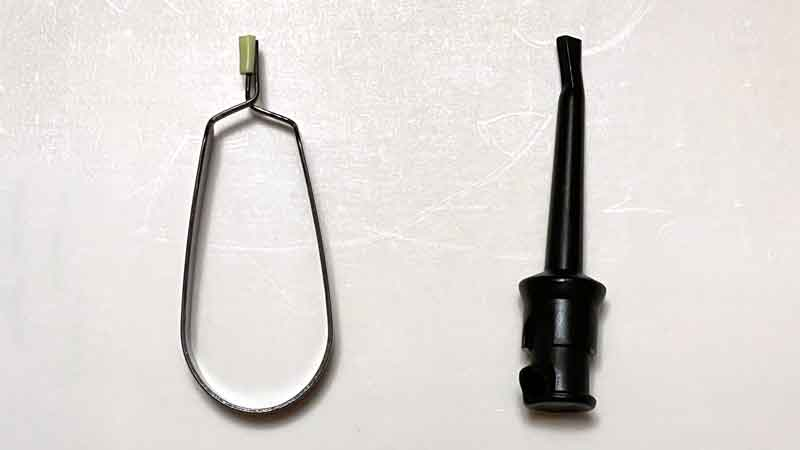
Some experienced fly tyers find that they rarely use hackle pliers, preferring to rely on their fingers for delicate materials. For larger feathers or tougher materials, fingers may provide better control. However, for small, slippery, or fragile materials, hackle pliers can be invaluable. If you’re just starting out or working with finer feathers, having a quality pair of hackle pliers on hand is essential.
Conclusion
Hackle pliers may appear to be a simple tool, but they offer invaluable assistance in fly tying. They provide the extra control and precision needed to work with delicate feathers and materials, allowing for a cleaner, more professional result. Whether you prefer the classic English style, the more intricate tweezer-type, or an advanced hook-and-tube design, the right hackle pliers can enhance your tying experience. So next time you sit down to tie a fly, reach for these humble yet powerful tools and discover just how indispensable they can be.
